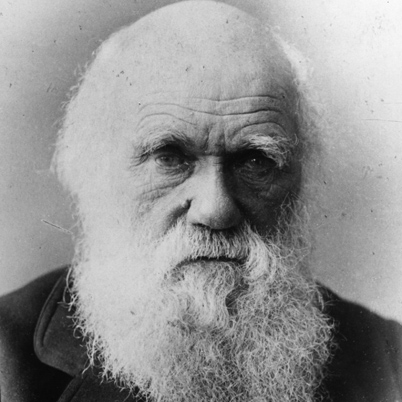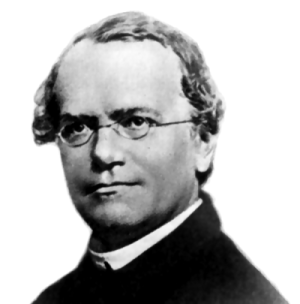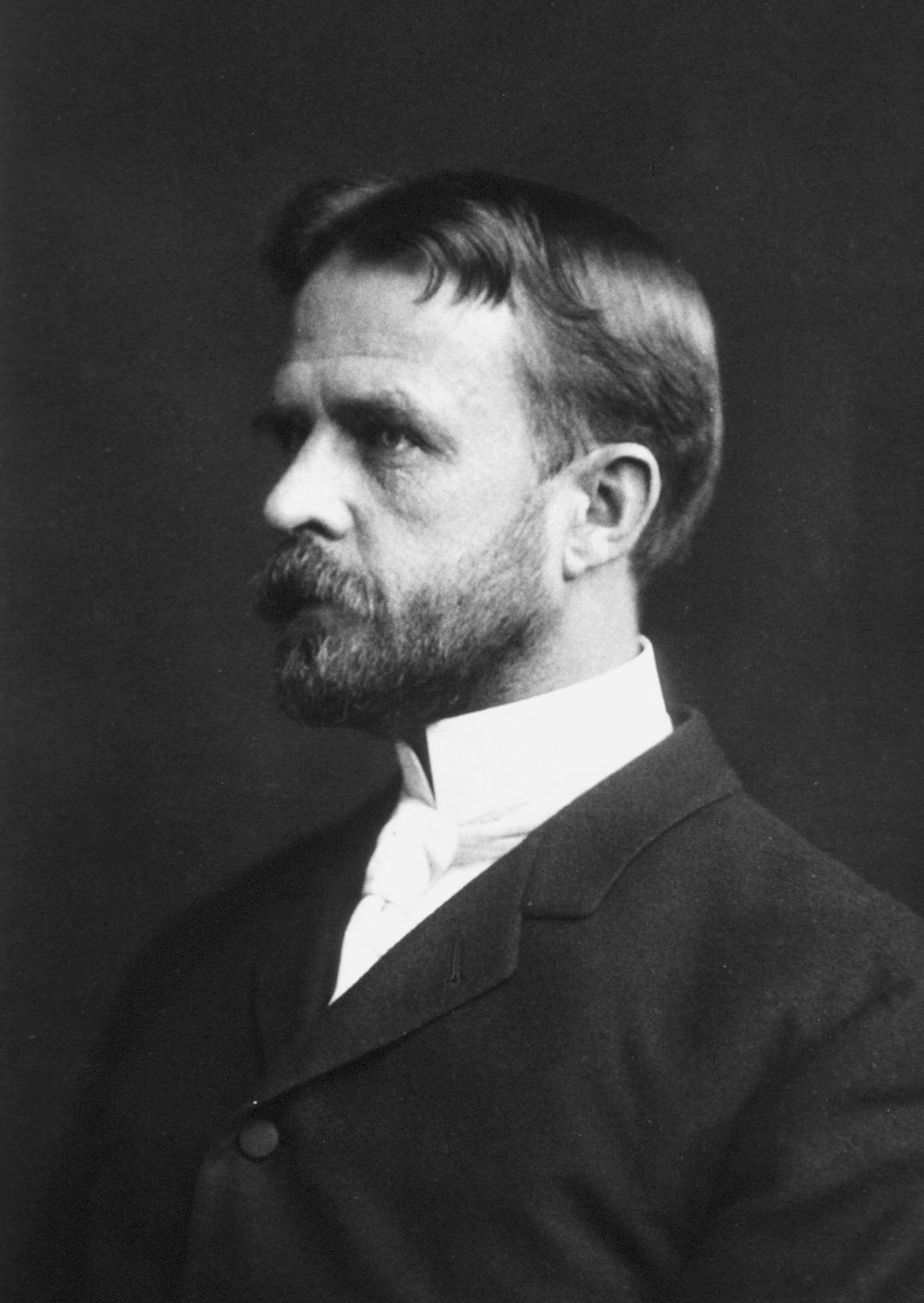Glenridge Citation Roxy EX-97 is a true legend of the dairy breeding industry. Holstein enthusiasts around the world voted Roxy as the “Cow of the Century.” But did you know this breeding icon almost never existed?
At the 1958 Sale of Stars in Toronto, the Ontario Association of Animal Breeders (eight A.I. units at the time) bought a bull calf, Rosafe Citation R, for an unbelievable price at the time of $30,000 from H.J. Wilcox, who had purchased his dam, Glenvie Nettie Jemima (EX-13*) earlier that year at the age of 15 for $9,000 at the Rosafe Dispersal hedging his bets that she would have a son. Ontario Association of Animal Breeders was placed him in service at a cost of $7.00 per service, $2.00 above the normal rate, and breeders used him enthusiastically. When the first Citation R calves were being born it was discovered that he was a Red Carrier, something that was seen as undesirable at the time (Read more: Is Red Still Relevant?). In line with A.I. practice at the time, Citation R was returned to the Wilcox family, who in 1961 sold Citation R to Don Marcos Ortiz, owner of Santa Monica Ranch in Mexico for $33,000. As those early Citation R daughters developed they dominated the show ring. With a limited supply of semen available and in high demand in Canada and the US, it prompted Curtis Breeding Service and the Canadian A.I. units in 1966 to bring the semen back. This was just in the nick of time for Roxy, as the following year Lorne Loveridge, breeder of Roxy, was looking for the right mating of his top cow Norton Court Model Vee, Roxy’s dam.
As a calf Roxy was a tall, gangly heifer that really did not attract much attention from anyone, until she calved for the 2nd time. It was at this time she caught the eye of Doug Blair and Lowell Lindsay. (Read more: Sire facility dedicated to Alta founder, Doug Blair and Lowell Lindsay To Be Inducted Into Canadian Agricultural Hall of Fame) Blair, part owner of Western Breeders’ Services (forerunner to Alta Genetics) at the time, was looking for bulls to buy, as was Lindsay, who was sire procurement officer for United Breeders. When they saw Roxy, they were overwhelmed. They discussed buying her on a 50-50 basis, but they couldn’t come up with the hefty sum Loverridge was asking for. Enter Bob Miller (Read more: Bob Miller – Outstanding from Any Angle). Miller was a Canadian born cattle photographer who had immigrated into the US and started his own herd Mill-R-Mor. Miller was summoned to the Loveridge farm to photograph Roxy and her dam Vee. Miller for quite some time had been searching for a cow family to build his breeding program around. He had some very specific requirements. Roxy and her family met all of them – type, production and longevity. Miller fell in love with Roxy but didn’t purchase her at this time. Later that year Roxy was named Reserve Grand Champion at the 1972 Canadian Western Agribition, and was nominated for All-Canadian consideration as a four year old in 1973. Loveridge had already started to realize that his location precluded many visitors from seeing the cow and her family. It was at this time Miller returned to Glenridge and purchased Roxy and half interest in her dam. Loverdige considered Miller’s Illinois location more suitable for promotion and marketing and the pair as well as Vale, Roxy’s ganddam, and Glenridge Emperor Rocket (EX-96-3E), Roxy’s three-quarter sister by Downalane Reflection Emperor, moved to Mil-R-Mor.
In Miller’s hands Roxy made four records over 1,000 lbs of fat. With career totals of 209,784 lbs of milk, 9,471 lbs of 4.5% fat. Making her the 3rd generation of 200,000 lbs of lifetime production. She was also one of the very few to ever score EX-97 points. Roxy was also a member of eight All-American, All-Canadian or Reserve All-Canadian groups, and with Glenridge Emperor Rocket was three times All-American Produce of Dam and all-Time All-American Produce of dam in 1984.
![ho000008724158[1]](https://www.thebullvine.com/wp-content/uploads/2014/07/ho0000087241581-1024x768.jpg)
Glenridge Citation Roxy EX-97-4E
Queen of the Breed I & II
Member of the All-American Produce of Dam ’77, ’78 & ’79
Member of the All-American & All Canadian Get of Sire ’79
1st cow of the breed to have 10 Excellent dtrs
International Cow of the Century 1999
Dam of the 1st 30* STAR brood cow in Canada
7 of her EX daughters earned Gold Medal Status
Dam of 16 EX daughters
She has 3 descendents with 15 or more EX Dtrs! (Roxette 17, Lana Rae 20 & Integrity Robin 15)
The only 4 Generation direct line group of cows with more than 11 EX dtrs: Roxy 16, Roxette 17, Dixie Rox 11, Bstar Roxie 12)
Highest producution Roxy is Brigeen Convincer Rhonda EX-95, 66,320 lbs milk in 365 days
Highest Classified Roxy female is C Hanoverhill Tony Rae EX-96
Highest Classified Roxy male is Sir Ridgedal Rustler Red EX-97
Roxy has more than 300 EXCELLENT descendents
Brood Cow Extraordinaire
Even though embryo transfer was in its infancy, Miller placed Roxy on an E.T. program where she produced 30 E.T. offspring and three natural calves. She had 20 daughters and was the first cow to ever have ten Excellent daughters. Eventually, this led to 16 daughters scoring EX, four more were VG and there were 4 Excellent Sons.
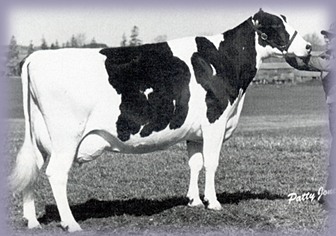
Mil-R-Mor Roxette
EX-Can GMD-DOM 30*
Roxy’s most impactful daughter Mil-R-Mor Roxette (EX-30*) is not without her own story. Until 1977, Bob Miller had never sold a Roxy daughter. At the encouragement of Horace Backus, Miller consigned Roxy’s Elevation daughter, Roxette, to the National Convention Sale that year, being held in Columbus Ohio. Enter the legendary Peter Heffering (Read more: Hanover Hill Holsteins: Peter Heffering 1931-2012). Heffering had some investors who were looking to purchase some top animals, but would need to a little time to bring the money together. Backus and Heffering agreed to terms and Heffering came to the Convention Sale and purchased 19 head for $207,600. Among the cattle purchased were J.P.G. Standout Kandy, the top seller at $41,000 who was named All-American Aged Cow that year and again two years later. He also purchased Mulder Elevation Mazie, who would become a member of two Elevation All-American Gets. As well he purchased Mil-R-Mor Roxette at $25,000, the third highest seller in the sale.
R Peter Heffering commented “We felt that Roxy was one of the breed’s great cows and probably the best daughter of Citation R. Elevation was making a lot of good offspring, so when the Elevation heifer was coming up for sale at the National Convention Sale, we bought her as a foundation female for the herd. Roxette flushed well and turned out to be one of the strongest transmitting daughters of Roxy.”
After the sale, Miller raised objections. He hadn’t been consulted about his heifer being sold on investor terms, with a third down on sale day and the balance over the next two years. Rumors spread that the deal almost collapsed, though Miller has said years later that he was glad Roxette ended up at Hanover Hill.
![54993[1]](https://www.thebullvine.com/wp-content/uploads/2014/07/549931.jpg)
Stardale Leader Roxy EX-95-UK 7E
5 Milking dtrs in UK: 1 x EX, 2 x VG-87 & 2 x VG-86
5 generations average over 93 points for type!
According to research, there are now over 381 EX Roxy’s whose pedigrees run in a continuous line of Excellent cows back to Roxy and hundreds more through her sons. One of the greatest contributors to that in recent years has been Gloryland Lana Rae EX-94-2E-USA DOM. So far 16 of her 21 classified daughters have reached EX, with all 20 averaging 90.9 points. Lana is from an EX Lindy daughter of Hanoverhill Tony Rae EX-96-2E, then Hanoverhill TT Roxette EX-94-2E USA, then Roxette. The highest scored daughter of Lana Rae is one of her five Durham daughters, Glory-Land Liberty Rae EX-95 EX-95-3E-USA DOM 4*. Liberty Rae was sold for $410,000 in the 2008 Cowtown Sale. She went on to win first Aged Cow, Best Udder, Senior and Grand Champion at the 2009 Vermont State Show. Liberty Rae has 16 EX daughters.
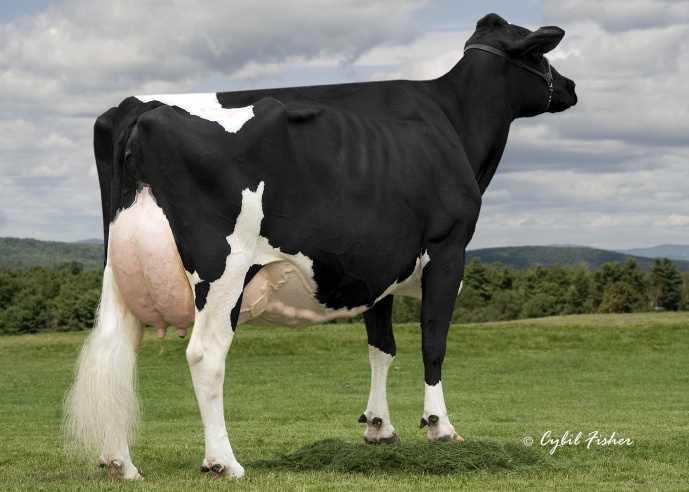
GLORYLAND LIBERTY RAE EX-95-3E-USA DOM 4*
NOM. ALL-AMERICAN 4-YR 2005
It’s also this side of the family that produced Scientific Debutante Rae EX-92-4-YR GMD DOM 3* (Durham x EX-Jubilant x EX-96 Hanoverhill Tony Rae EX-96-3E then TT Roxette) who was the 2005 World Dairy Expo Reserve Champion, 2010 Global Red Impact Cow of the Year, and the dam of many notable Red and White sires, highlighted by Scientific Destry.
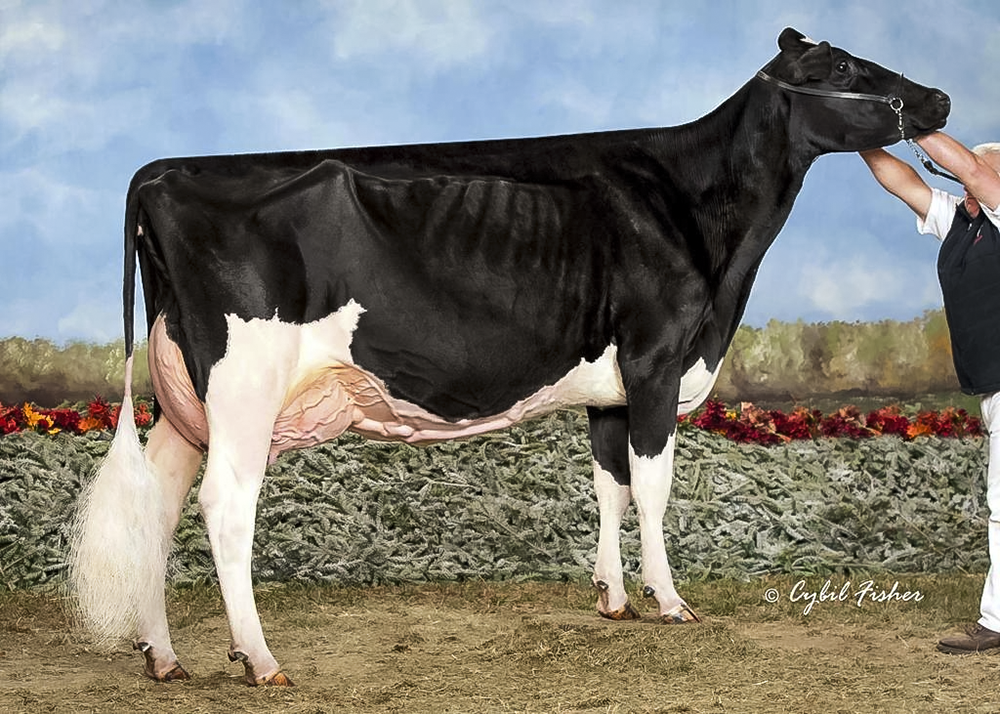
SCIENTIFIC GOLD DANA RAE EX-95 2E
Reserve All-American 5-Year-Old 2012
Goldwyn x SCIENTIFIC DEBUTANTE RAE-ET *RC EX-92
Also from TT Roxette comes the extremely influential polled brood cow, Golden-Oaks Perk Rae –Red P EX. Perk Rae is an eighth generation Excellent polled Roxy. The polled gene in combination with red and Roxy has made Perk Rae the cornerstone of the marketing program at Golden Oaks Farms. Perk Rae traces back to the Roxys through Scientific Beauty Rae-ET *RC EX-90 who is sired by Rubens, then Jubilant Rae and Tony Rae. Sired by Perk-Red, Perk Rae has numerous daughters worldwide and sons at ABS Global, ABC Genetics and Trans-World Genetics. (Read more: GOLDEN-OAKS PERK RAE – 2012 Golden Dam Finalist).
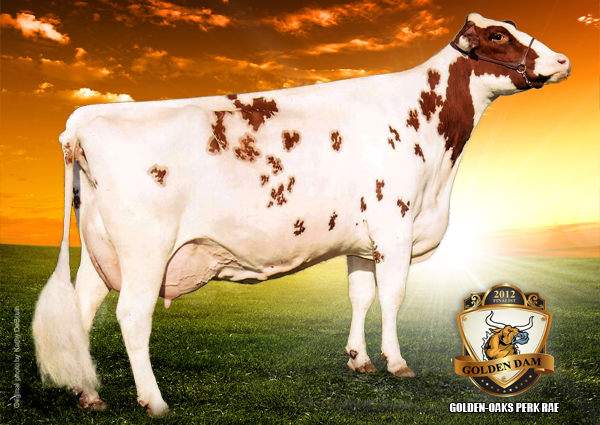
GOLDEN-OAKS PERK RAE EX-90-5YR-USA 2*
Other notable descendants of Roxette are her sons Raider (Starbuck) who was a very influential bull across Canada and the United States in the mid-1990’s and Royalist (Sheik). A full sister to Hanoverhill Raider is Hanover-Hill Star Roxy EX-92 2E. Star Roxy was twice nominated All-American and had four EX-94 offspring, three daughters and one son. Her great grandson, STBVQ Rubens VG-88 ST’98 GM’03, added udder quality, style and airiness not previously seen in the red and whites. This earned him the Premier Sire banner at World Dairy Expo for six years in a row.
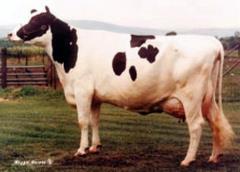
Mil-R-Mor Toprox (EX-94-3E-GMD)
Mil-R-Mor Toprox (EX-94-3E-GMD) was the highest record daughter of Roxy, and one of the breed’s first 2,000 lb. fat cows. Sired by Hilltop Apollo Ivanhoe (VG-GM). Her most famous descendant of recent times is Brigeen-C-Integrit Robin EX-95. One of the highest scoring Integrity daughters worldwide, Brigeen-C Integrit Robin was bred from Haselmere Prelude Rhoda EX-91 3E. Rhoda descends from Brigeen Southwind Rhonda VG-88 2* via Mil-R-Mor SWD Rockette VG-86, who in turn is out of Mil-R-Mor Toprox 3E-94. Mary Briggs, one of the partners in Brigeen Farms, describes Roxy’s in The Holstein History, as “Healthy and fertile – the indexes around the world for somatic cell count, fertility and longevity highlight the family’s real strengths. They are above average in size and substance and are even-tempered, seldom fighting or stupid. They aren’t a nuisance: they just go along doing their business”.
Bottom Line
These days we see the Roxy’s all over the world having great results in the show ring, the bulls are hitting the top Genomic rankings and family members sell for sky-high prices at auctions. You can’t pick up a catalog from a top sale without finding a female descendant that traces back through her maternal line to Roxy. They are all out of different branches, but trace back to the one and only QUEEN- Roxy! Glenridge Citation Roxy has touched every corner of the Holstein world, bringing style, power and longevity to the breed. And she is a real cowman’s favorite with show style to boot. While it was Red factor that almost resulted in the greatest cow in the history of the dairy breed, Glenridge Citation Roxy EX-97 GMD 6* having never been born, it is now the Red factor, re-introduced to the family through Triple Threat that is having the greatest impact on Roxy’s legacy today.





